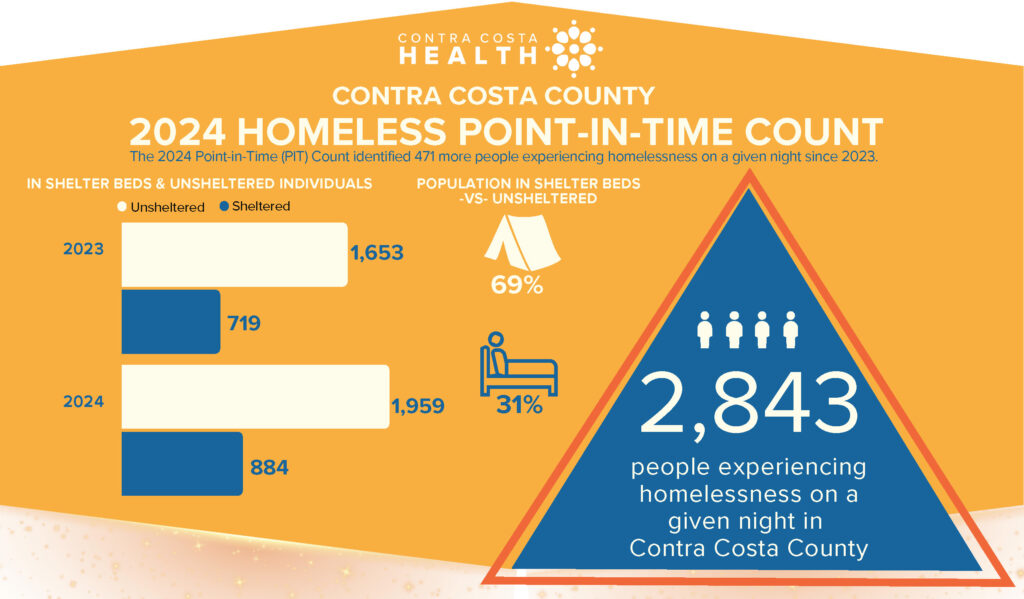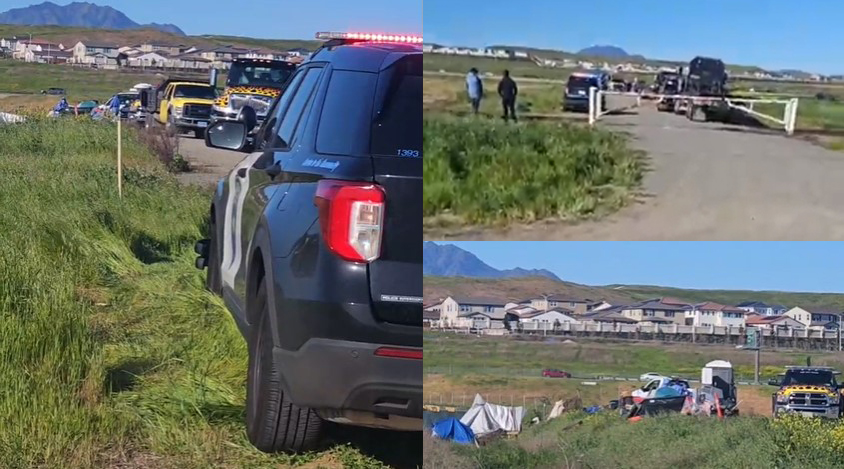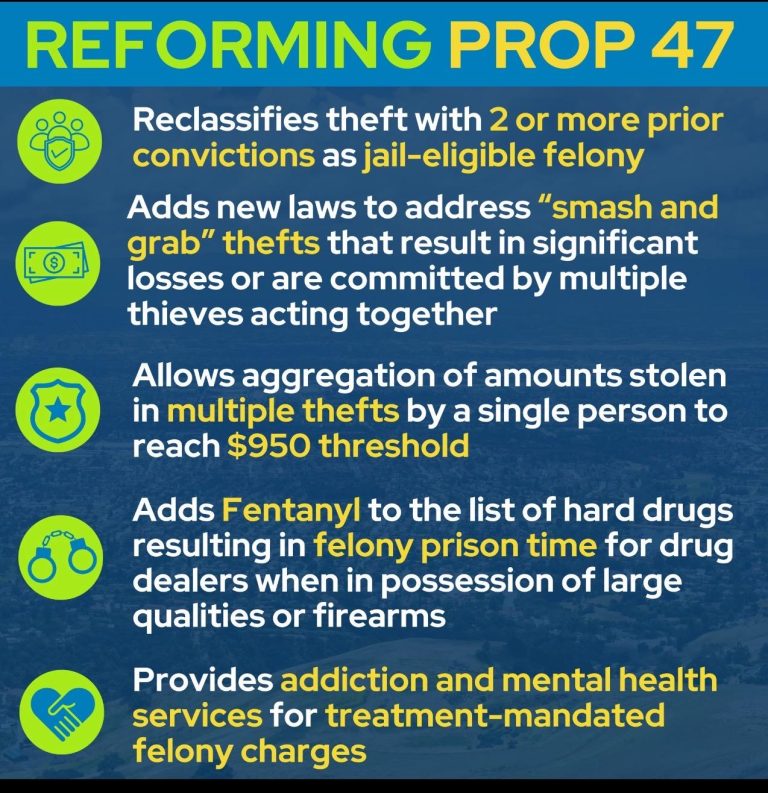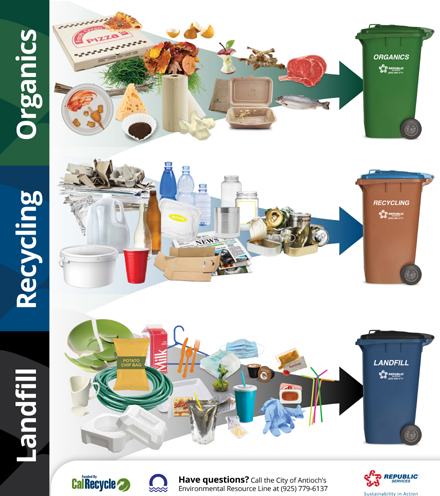Antioch Council to vote on sideshow ordinance, $6.45 million for homeless, affordable housing discuss Amtrak Station closure
Monday, June 24th, 2024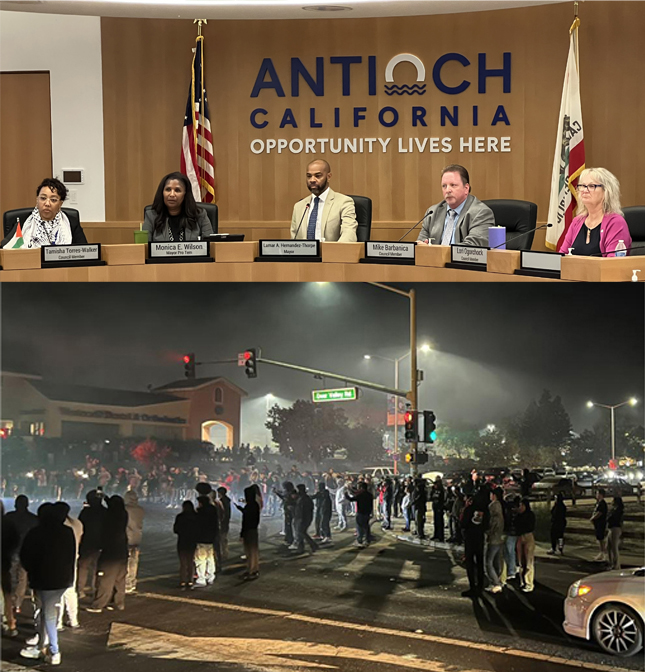
Includes reallocating downtown road money for homeless, will also vote on 5-year Capital Improvement Program, services, discuss creating DEIB officer staff position
By Allen D. Payton
During their meeting tomorrow night, June 25, 2024, the Antioch City Council will vote on which sideshow ordinance they want, including one that targets spectators, the 5-Year Capital Improvement Program budget, spending $6.45 million for homeless services and development of affordable housing, including reallocating $611,000 from the Downtown Roadway Project fund, and discuss the Amtrak Station closure.
NOTE: A previous version of this report had included both the $4,050,000 and $610,896 that was included twice in the staff report and they had been incorrectly added to the total.
In addition, the council will also discuss multiple council member proposed agenda items, including creating a Diversity, Equity, Inclusion, and Belonging (DEIB) officer staff position and a Health and Safety Analyst position for the Human Resources Department at the request of District 1 Councilwoman Tamisha Torres-Walker. They will also have a discussion on street cameras, and the potentially developing a policy on the use of native plant species for new development at the request of District 3 Councilwoman Lori Ogorchock.
$6.4 Million for Homeless Services, Affordable Housing
The state requires cities with former redevelopment agencies to use the remaining funds for affordable housing, referring to as Housing Successor funds. As of 2023, the City of Antioch had approximately $7.3 million available to subsidize units in the 0-50 percent Area Median Income (AMI) affordability level, including units for the unhoused or family housing.
According to the staff report for the agenda item #10, the City of Antioch serves as the Housing Successor to the Antioch Development Agency. The council will vote on the funding recommendations of the CDBG Committee approving $4,050,000 in Housing Successor funding for homeless services and development of affordable housing.
Funds for the Downtown Roadway Project, approved by the city council in 2020, were intended to rehabilitate roadways, replace damaged sidewalks, curbs, gutters, and install Americans with Disabilities Act compliant curb ramps to improve the quality of life for Antioch residents.
According to the City staff report, the council will be asked to vote on the funding recommendations of the CDBG Committee, made up of District 2 Councilman Mike Barbanica and Torres-Walker, and adopt the resolution approving the substantial amendments to the FY 2023-24 Action Plan Downtown Roadway Project to reallocate $395,346.34 and the FY 2021-22 Action Plan to reallocate $215,549.85 of remaining funds in the Downtown Roadway Project for a total of $610,896.19 to be utilized for the development of affordable supportive housing for extremely low-income and homeless households.
In addition, the council will vote on the funding recommendations of the CDBG Committee and adopt the resolution approving the FY 2024-25 City of Antioch Action Plan, which encompasses CDBG Entitlement funds, prior year reallocated funds, use of CDBG Corona Virus funds, PLHA, EECBG and Housing Successor funds totaling $6,454,180 to address identified high priority needs of lower income residents of the City of Antioch. UPDATE: That amount includes both the aforementioned $4,050,000 and $610,896.19 amounts.
The meeting begins at 6:15 PM with a closed session in which they council will discuss recruitment of the city manager and a civil rights lawsuit by one the four young men convicted, earlier this year of a 2021 murder in Antioch, and others who claim they were targeted by police officers who sent the racist text messages.
That will be followed by the regular session at 7:00 PM in the City Council Chambers at 200 H Street, in historic, downtown Rivertown.
General public comments can be made at either the beginning or end of the council meeting, specific comments can be made on each agenda item or if you wish to provide a written public comment, you may email them to cityclerk@antiochca.gov, by 3:00 p.m. on Tuesday. Written public comments received by 3:00 p.m. the day of the City Council Meeting will be shared with the City Council before the meeting; entered into the public record; and available to the public upon request. However, they will not be read during the City Council Meeting.
Watch the council meeting via livestream on the City’s website or live on Comcast channel 24, AT&T U-verse channel 99. See the council meeting agenda packet.












